Fish Mouth shapes play a critical role in the way they feed, interact and survive. Fish mouths come in many sizes and positions, each of which has a unique set of functions related to their environment.
In this article, we will explore the fish mouth types, positions and functions of fish mouth shapes, providing an overview of why these structures are so important.
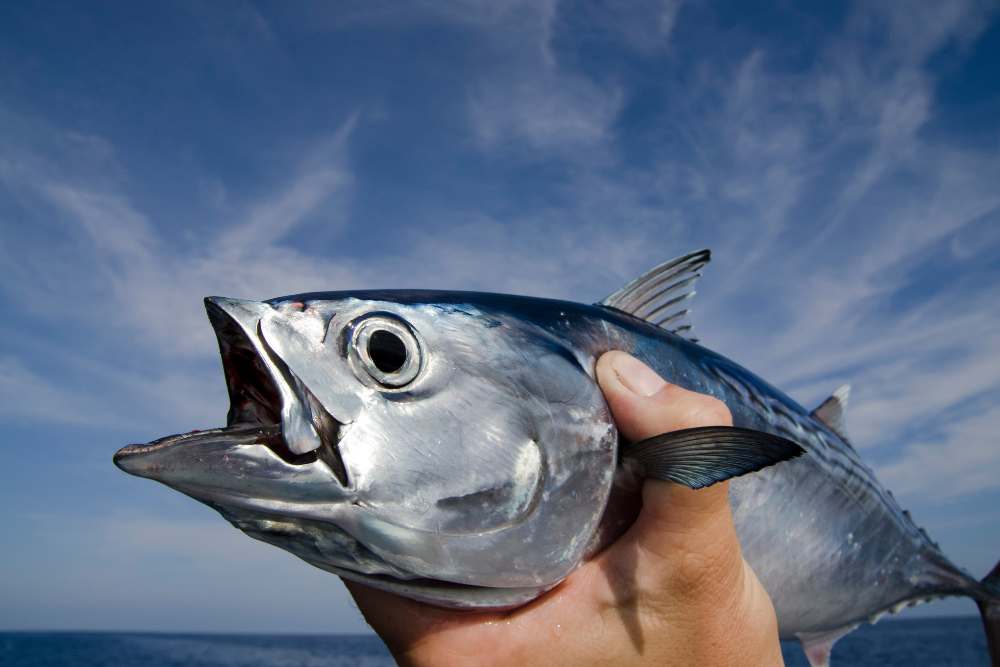
Fish Mouth
Fish mouth is the organ of respiration and feeding in fish. It is located at the anterior part of the body and typically has four parts: upper jaw, lower jaw, two sets of gill arches (the operculum), and a set of teeth.
All fish mouths are positioned and developed to allow them to suck or snap up food from their environment.
The structure of fish mouths varies greatly among species; some have large lips that can create suction pressure in order to capture prey items like worms or crustaceans whereas other species have more pointed jaws for snatching small fishes or insects from the water column.
One of the lesser known aspects of fish anatomy is the shape and positioning of their mouths.
Fish mouth shapes vary greatly from species to species, ranging from the small sucker mouth of a catfish to the huge gapes of a grouper.
Fish Mouth Types
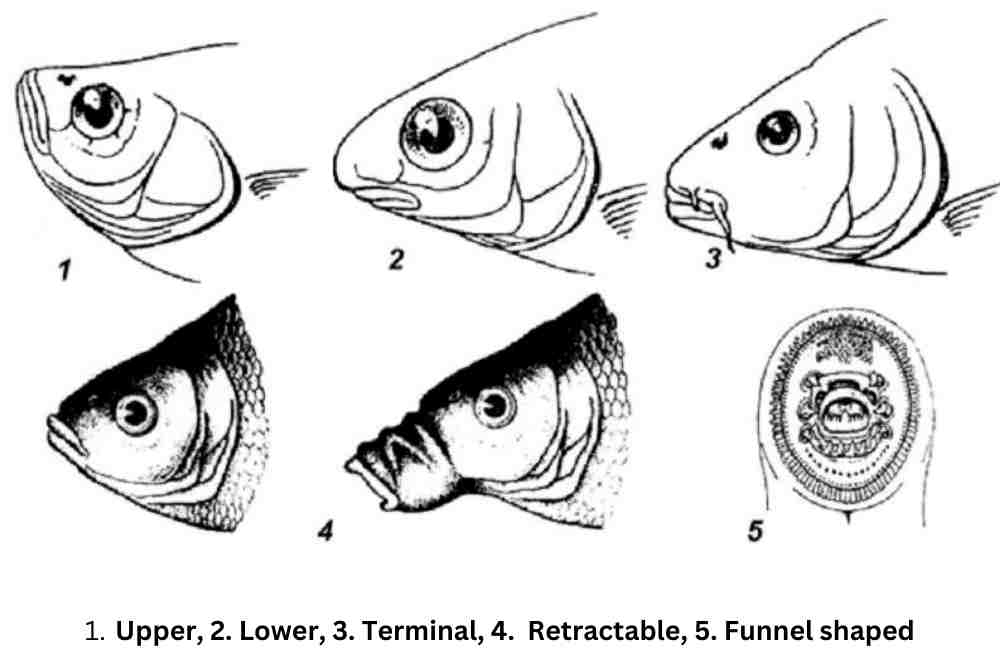
Fish mouths come in all shapes and sizes, and they play an important role in the lives of fish.
From suction feeding to filter feeding, the position and shape of a fish’s mouth can help determine what it eats, how it hunts, and its overall diet.
Fish can have a wide variety of mouth shapes, depending on the species and the environment in which they live.
In specific, the place where a fish eats is determined by the location of the mouth.
According to their position mouths are categorized into following types,
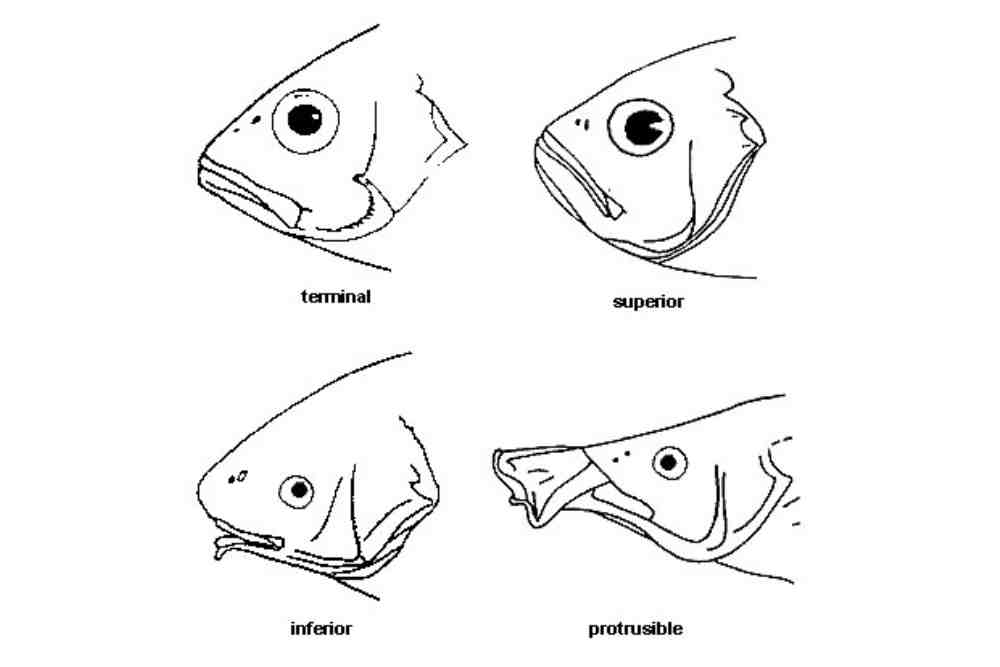
1. Terminal Mouth
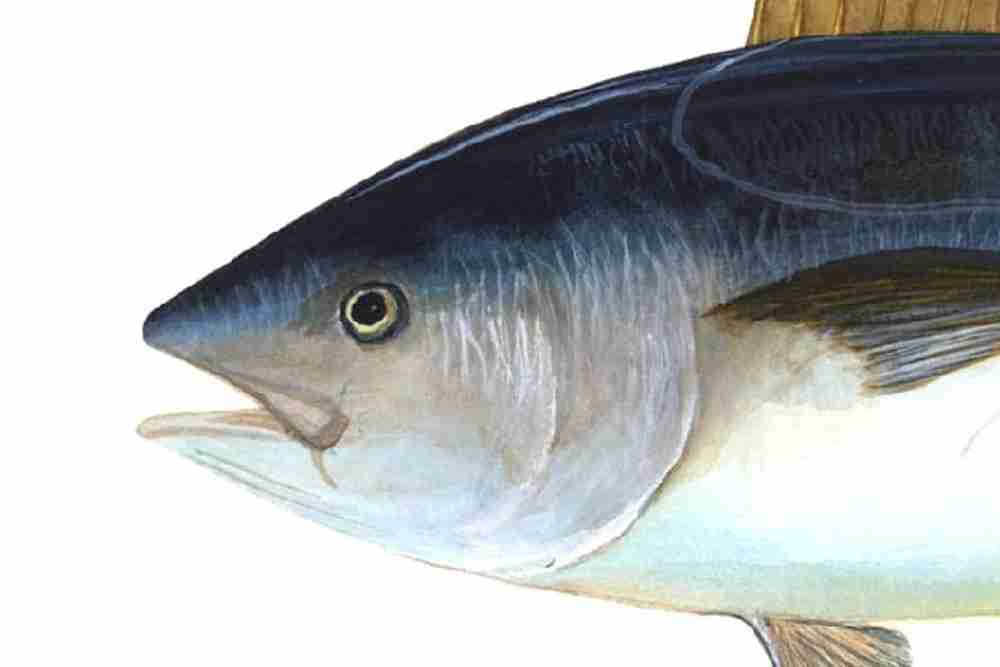
Fish with terminal mouth position possess a mouth in the middle, at the end of the snout and is used for sucking in food or prey.
Terminal mouths are found in species of fish that feed on smaller organisms, such as plankton, insects, and smaller fish.
They are generally active, aggressive and energetic swimmers. If they can swim quickly, they’re often likely to be a predator. If they can move quickly, they’re quite likely to graze or pick food.
2. Subterminal Mouth
A subterminal mouth is located near the end of the snout and is used for sucking in food or prey.
Subterminal mouths are found in species of fish that feed on smaller organisms, such as plankton, insects, and smaller fish.
3. Superior Mouth
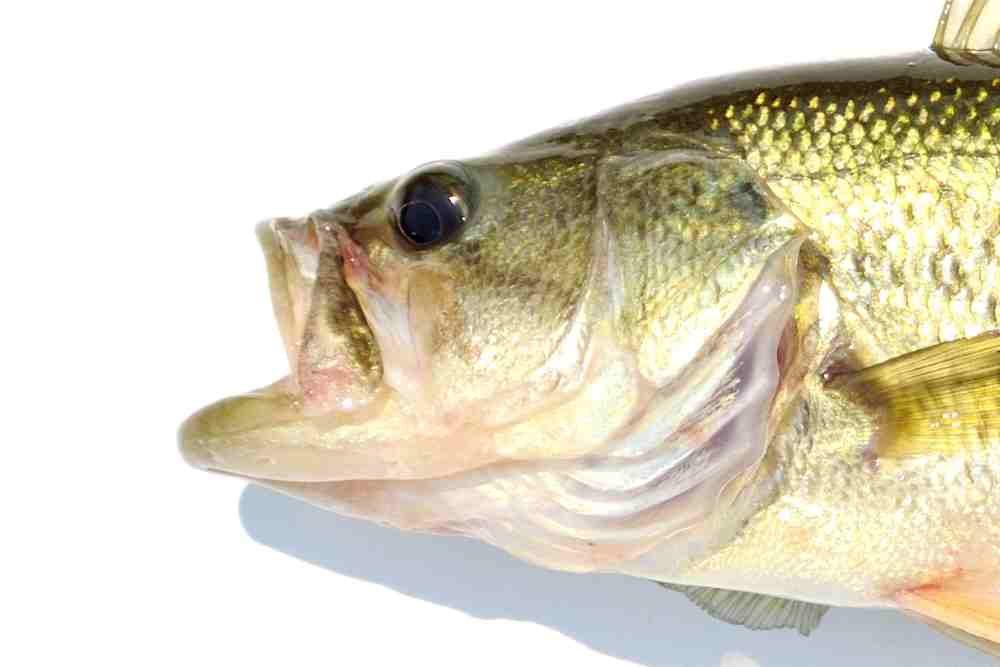
The superior mouth position is where the mouth is spread upward (upturned) or on top of the head used for sucking in food or prey.
Fish with the superior mouth position feed by looking up at food that is above them and are either predators or strainers.
Superior mouths are found in species of fish that feed on smaller organisms, such as plankton, insects, and smaller fish.
4. Inferior Mouth
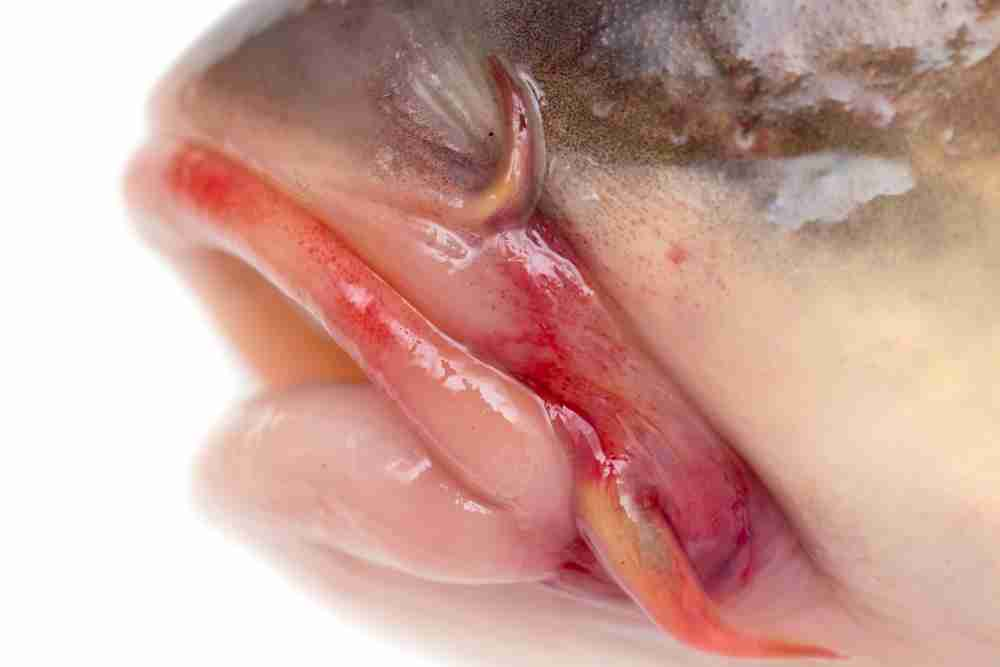
An inferior mouth is located on the underside of the head and is used for sucking in food or prey.
Inferior mouths are found in species of fish that feed on smaller organisms, such as plankton, insects, and smaller fish.
5. Protractile Mouth | Protusible Mouth
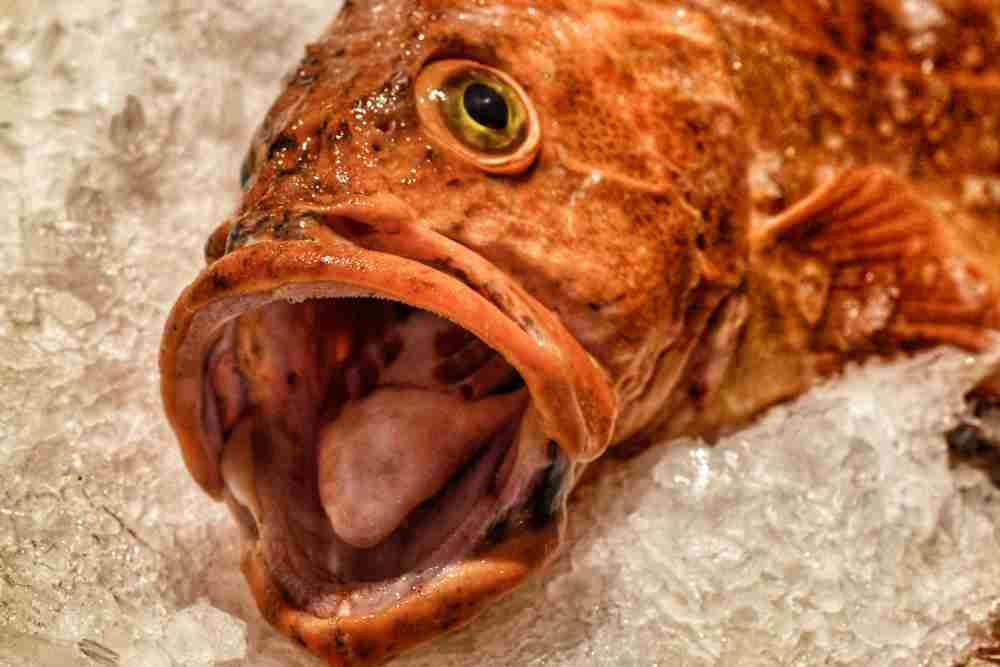
A protractile mouth is located at the end of the snout and can be extended outwards to capture prey.
Protractile mouths are found in species of fish that feed on larger organisms, such as other fish, crustaceans, and insects.
In conclusion, fish can have a wide variety of mouth shapes, including terminal mouth, subterminal mouth, inferior mouth, superior mouth, protractile mouth, and terminal/inferior mouth.
The mouth shape of a fish is influenced by the species of fish and the environment in which it lives.
References
- Marenkov, O. (2018). Laboratory Manual on General and Special Ichthyology. World News of Natural Sciences, 18(1).
- Stein, D. L., Chernova, N. V., & Andriashev, A. P. (2001). Snailfishes (Pisces: Liparidae) of Australia, including descriptions of thirty new species. RECORDS-AUSTRALIAN MUSEUM, 53(3), 341-406.